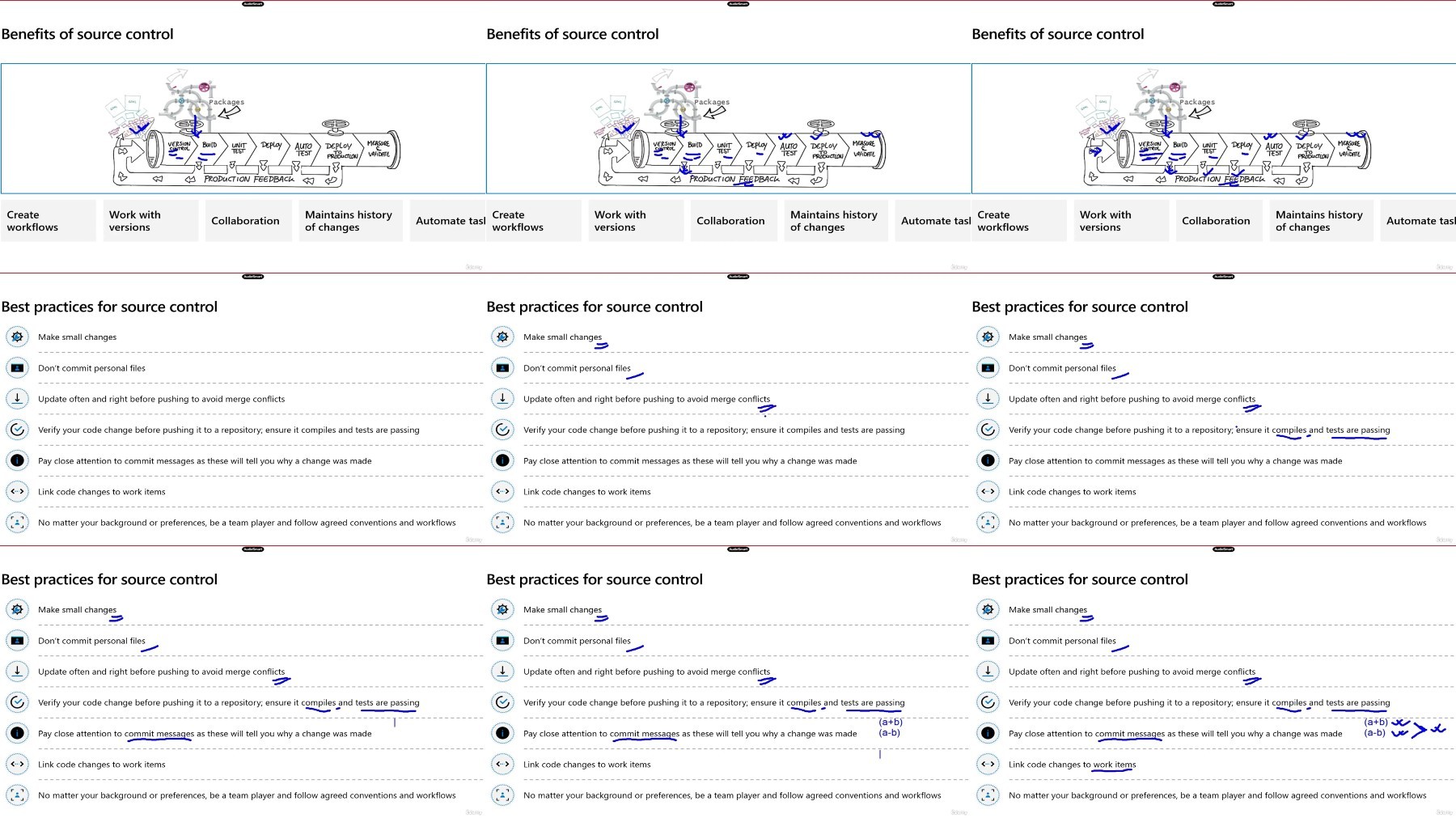Master Microsoft Platform Solution Architect With Examples

Master Microsoft Platform Solution Architect With Examples
Published 3/2024
MP4 | Video: h264, 1920x1080 | Audio: AAC, 44.1 KHz
Language: English
| Size: 208.55 MB[/center]
| Duration: 0h 35m
Learn Microsoft Power Platform Solution Architect with examples that will help you to understand concepts
What you'll learn
Learn Microsoft Power Platform Solution Architect with examples
Learn Power Apps, Power Automate, Power BI, and Power Virtual Agents concepts
Learn business processes, data management, and application development concepts
Learn all vital concepts and their uses in Azure
Requirements
You must have basics of IT knowledge
Description
A Microsoft Power Platform Solution Architect is a skilled professional responsible for designing, implementing, and optimizing solutions using the Microsoft Power Platform suite of tools. These tools include Power Apps, Power Automate, Power BI, and Power Virtual Agents. The role requires a deep understanding of business processes, data management, and application development, as well as expertise in leveraging the capabilities of the Power Platform to address specific business needs.Power Apps is a core component of the Power Platform, allowing users to create custom applications without the need for extensive coding. The Solution Architect leverages Power Apps to build intuitive user interfaces and automate business processes. They design canvas and model-driven apps, integrating them with other Power Platform services and external systems to create seamless user experiences.The Power Platform Solution Architect plays a pivotal role in empowering organizations to digitally transform their operations, streamline processes, and unlock the full potential of the Microsoft Power Platform suite to drive business success. One of the key responsibilities of a Power Platform Solution Architect is to work closely with stakeholders to understand their requirements and translate them into efficient and effective solutions. This involves conducting workshops, gathering business requirements, and defining the scope of projects. The architect then designs the architecture and data model for the solution, ensuring scalability, performance, and security.
Overview
Section 1: Introduction
Lecture 1 Introduction
Lecture 2 Types of Source control systems in Azure
Lecture 3 Implementing a change log in Azure
Lecture 4 Workflow syntax elements in Azure
Lecture 5 Benefits of source control in Azure
Lecture 6 Environment variables in Azure
This is for anyone who want to learn Microsoft Power Platform Solution Architect.




Master Microsoft Platform Solution Architect with examples
